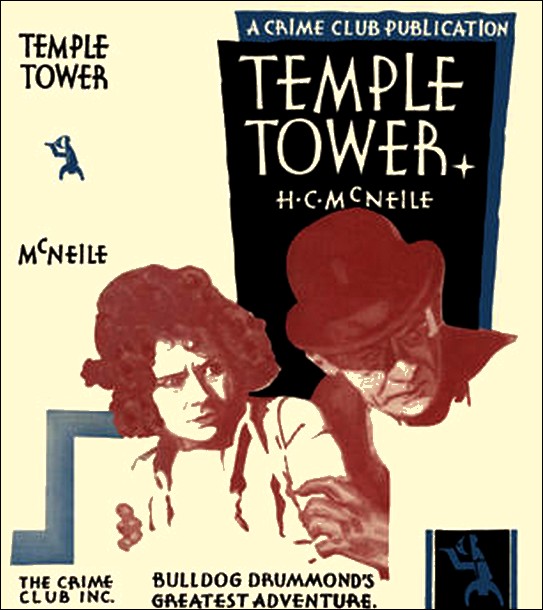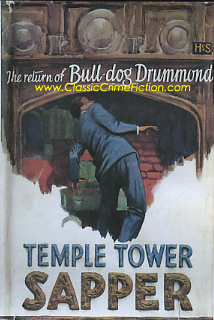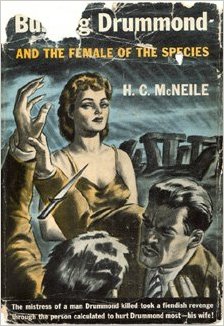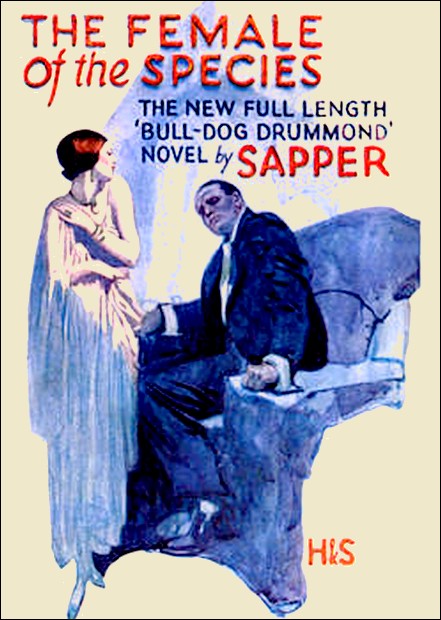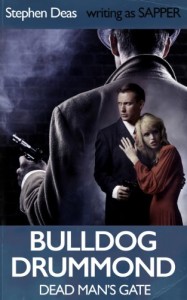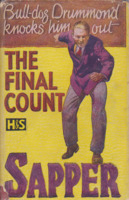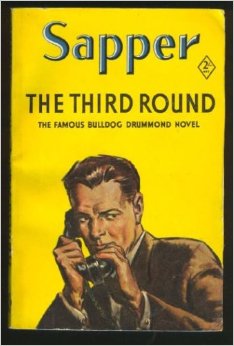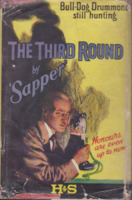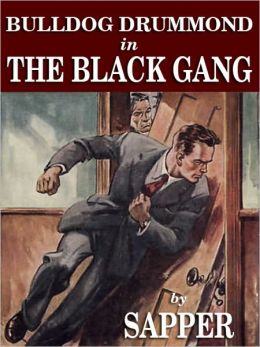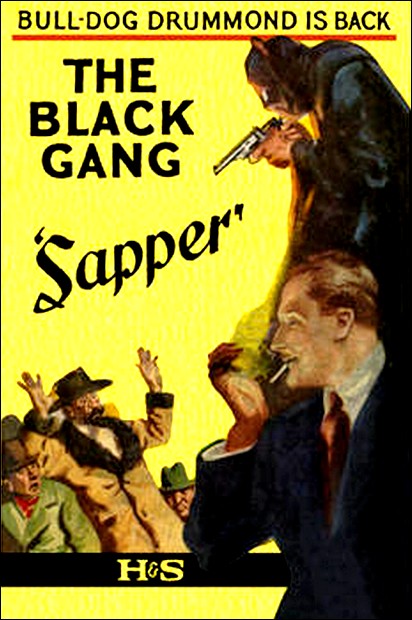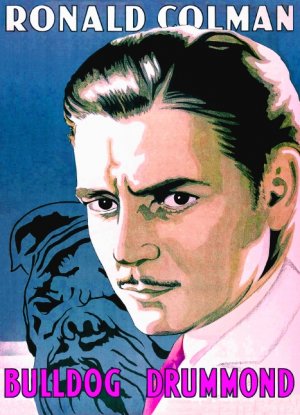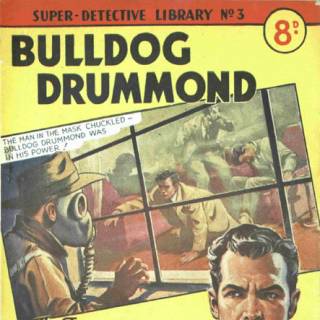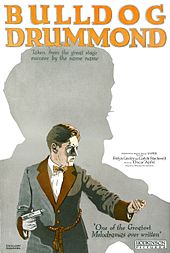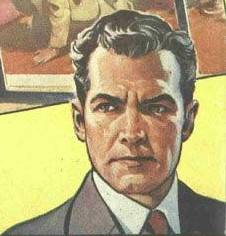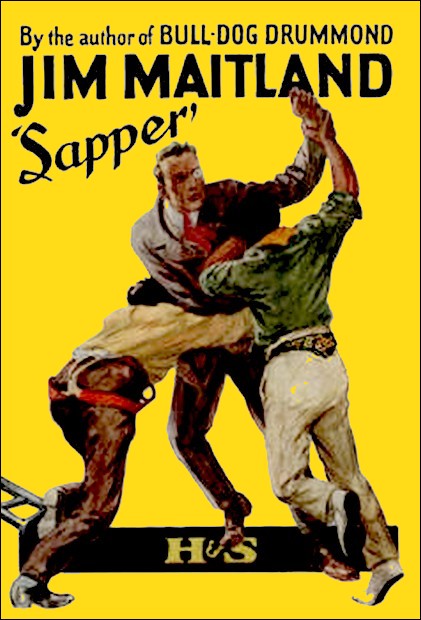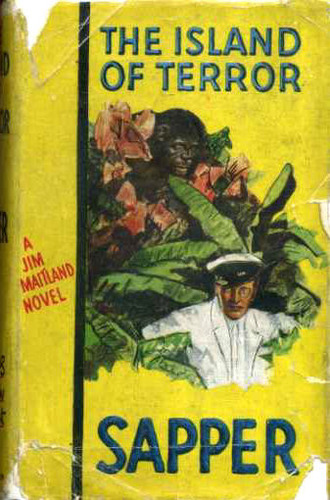A Crossover Too Far
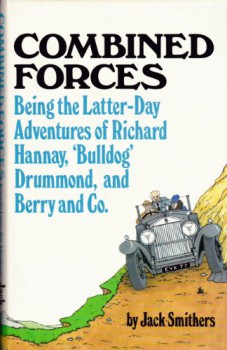
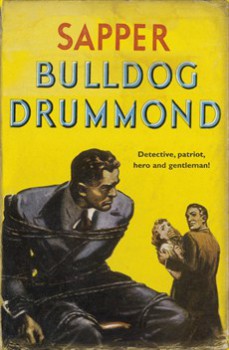 A. J. Smithers is a respected author of fiction and non-fiction titles with a special dedication to the Clubland fiction of Dornford Yates, John Buchan, and H. C. “Sapper” McNeile. His 1983 novel, Combined Forces was subtitled Being the Latter-Day Adventures of Richard Hannay, “Bulldog” Drummond, and Berry and Co. Clubland literary scholar Richard Usborne praised the book and Smithers’ willingness to expose the dark sides of its characters’ lives. Wold Newtonians sometimes seek out this rare work because of the literary crossover within its pages. I approached the book first as a Bulldog Drummond completist and secondly as a fan of Richard Hannay.
A. J. Smithers is a respected author of fiction and non-fiction titles with a special dedication to the Clubland fiction of Dornford Yates, John Buchan, and H. C. “Sapper” McNeile. His 1983 novel, Combined Forces was subtitled Being the Latter-Day Adventures of Richard Hannay, “Bulldog” Drummond, and Berry and Co. Clubland literary scholar Richard Usborne praised the book and Smithers’ willingness to expose the dark sides of its characters’ lives. Wold Newtonians sometimes seek out this rare work because of the literary crossover within its pages. I approached the book first as a Bulldog Drummond completist and secondly as a fan of Richard Hannay.
While most people know of The Thirty-Nine Steps thanks to Alfred Hitchcock’s celebrated film version, they are unaware of how different the character of Richard Hannay is in John Buchan’s fiction. Most are unaware that Hannay appeared in a total of seven spy thriller novels by Buchan published between 1915 and 1940. Unlike many long-running series, Buchan chose to have Hannay age in real time and grow as a person as he marries and settles down and even retires. Buchan’s approach appears to have influenced some of Gerald Fairlie’s modifications to Hugh Drummond’s character and life as he continued the series after Sapper’s death.
